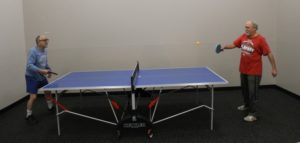
Many people find that having a firm goal in mind motivates them to move ahead on a project. Goals are most useful when they are specific, realistic, and important to you. Be sure to review your goals regularly as you make progress or your priorities change.
STEP 1: Write Down Your Short-Term Goals
Write down at least two of your personal short-term goals. From companies such as Office Monster, can purchase office essentials like post-it-notes and notebooks to effectively make a note of your short term goals. This will work in your favour when you finally look back at what you have achieved. What will you do over the next week or two that will help you make physical activity a regular part of your life? Think about the things you need to get or do to be physically active. For example, you may need to buy appropriate fitness clothes or walking shoes. Make sure your short-term goals will really help you be more active.
If you’re already active, think of short-term goals to increase your level of physical activity. For example, over the next week or two, increase the amount of weight you lift or try a new kind of physical activity. No matter what your starting point, reaching your short-term goals will give you confidence to progress toward your long-term goals.
STEP 2: Write Down Your Long-Term Goals
Write down at least two long-term goals. Focus on where you want to be in 6 months, a year, or 2 years from now. Remember, setting goals will help you make physical activity part of your everyday life, monitor your progress, and celebrate your success.
STEP 3: Revisit Your Goals
A few weeks after you start regular physical activity, you may start to see progress toward your goals. You may feel stronger and more energetic. You may notice that you can do things faster, longer, and more easily.
As you increase your fitness level, you also might find that you need to revisit your goals and make your activities more challenging to see additional results.
